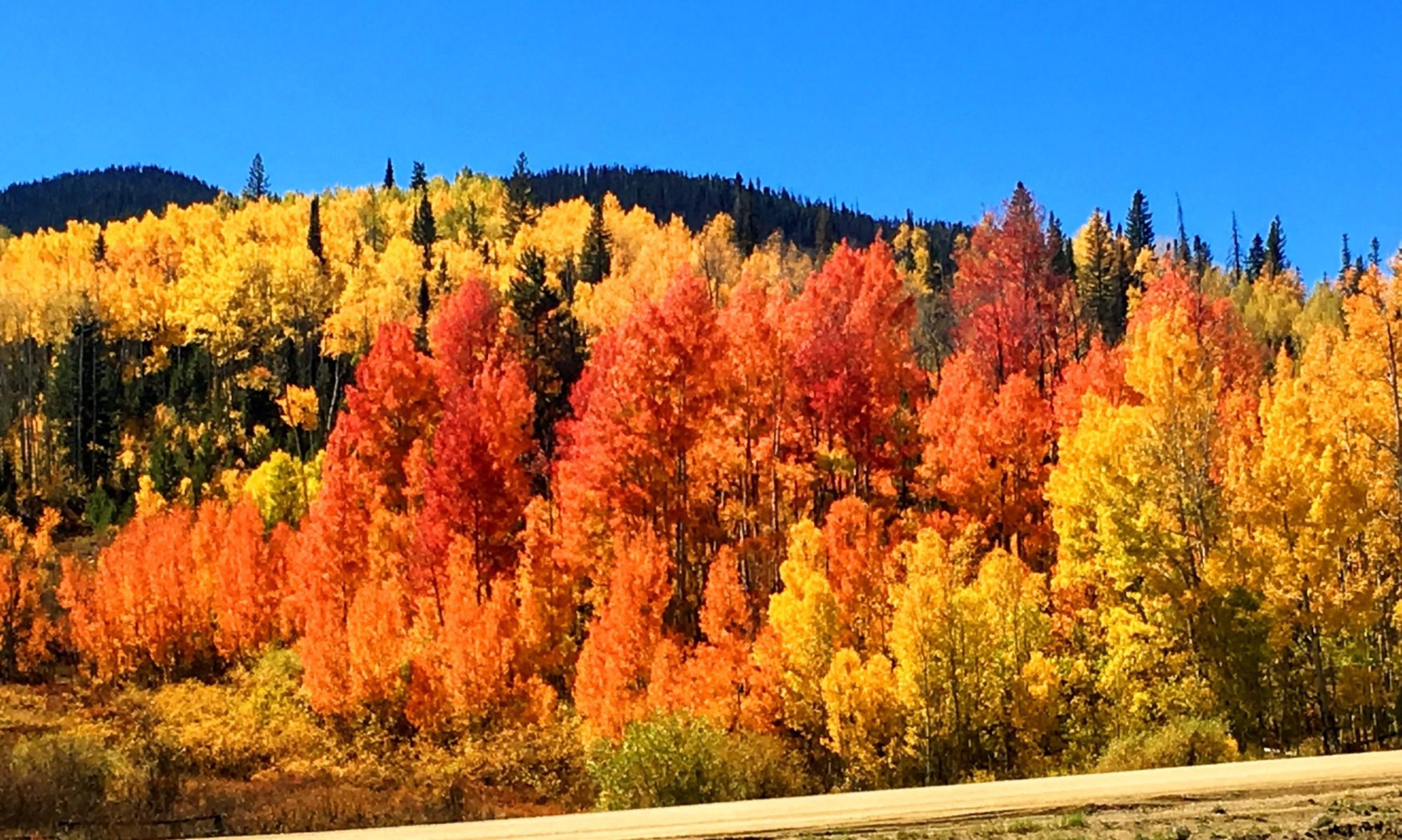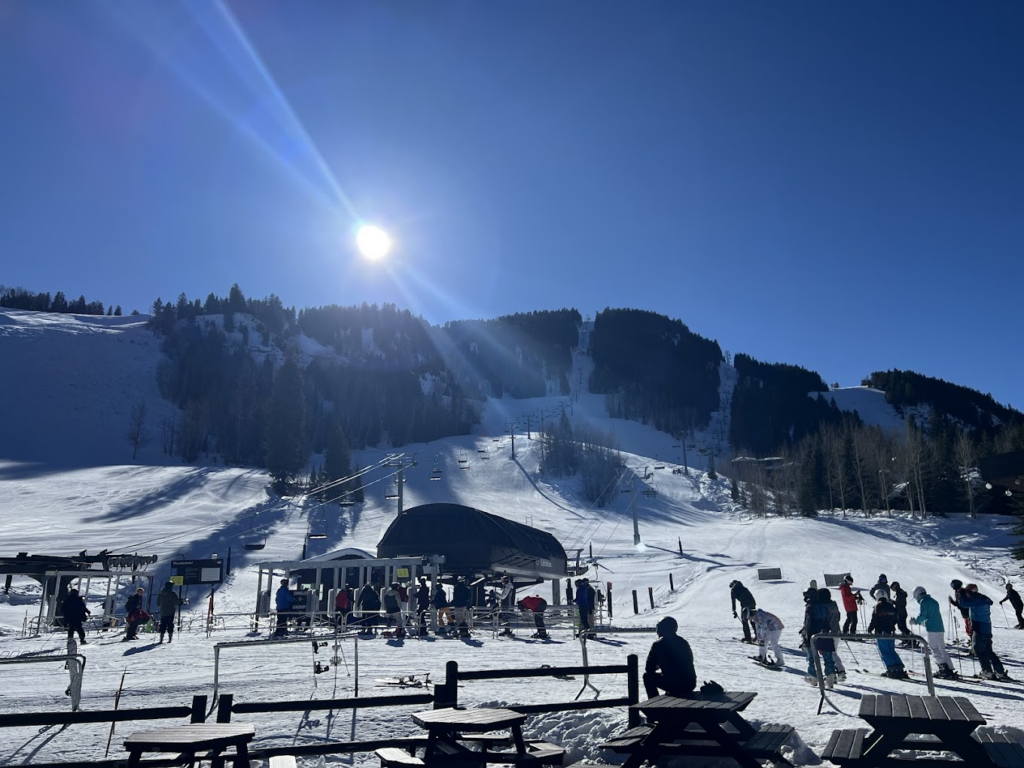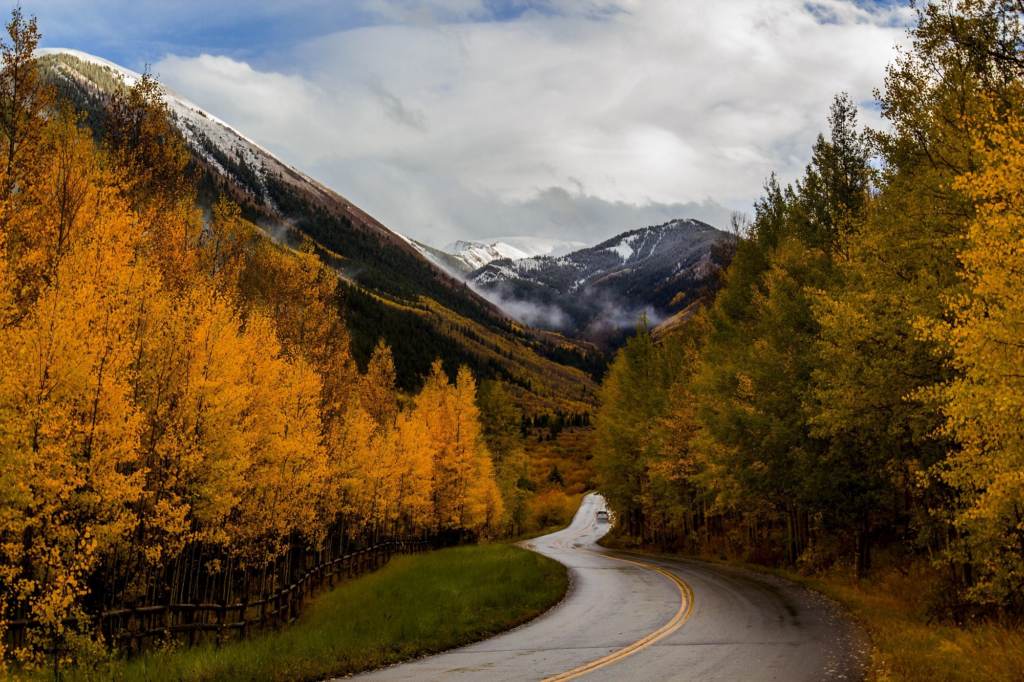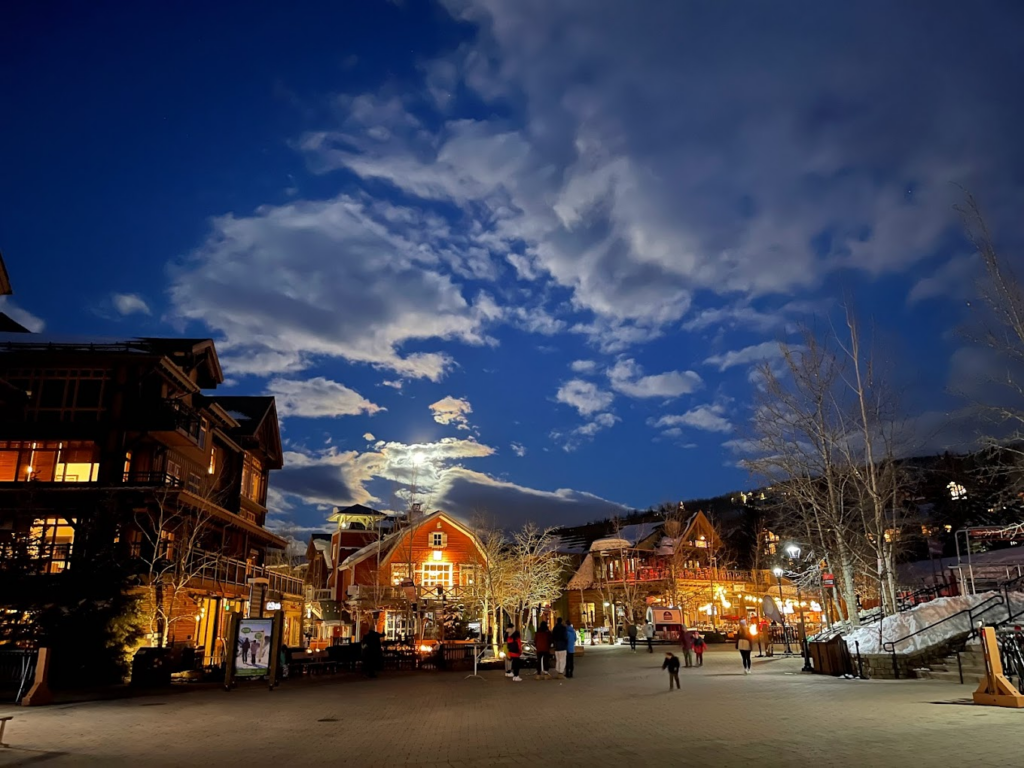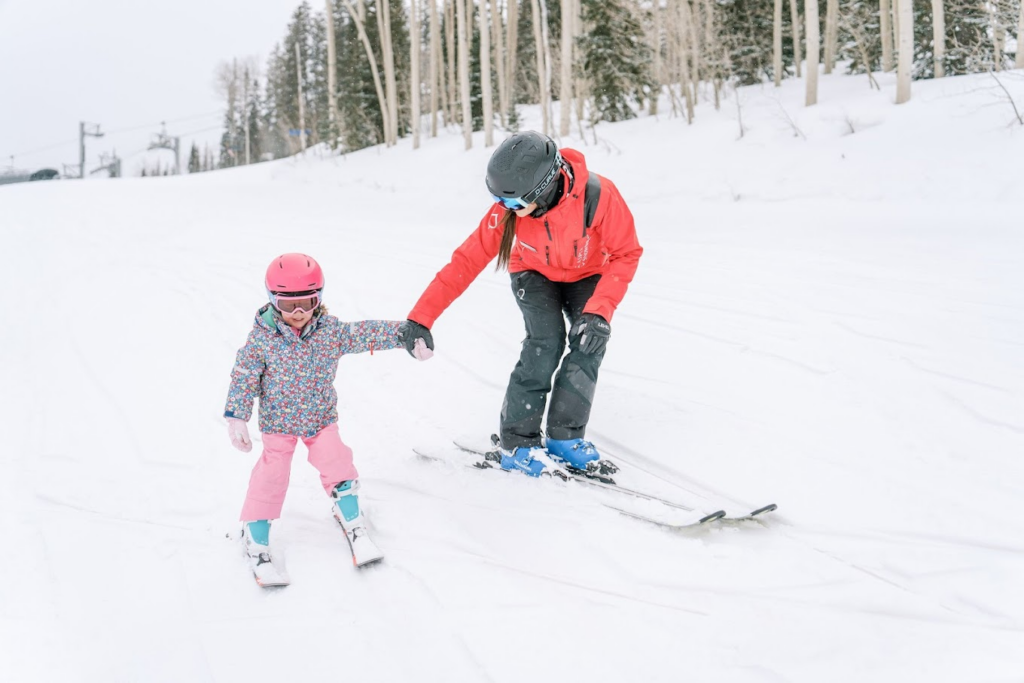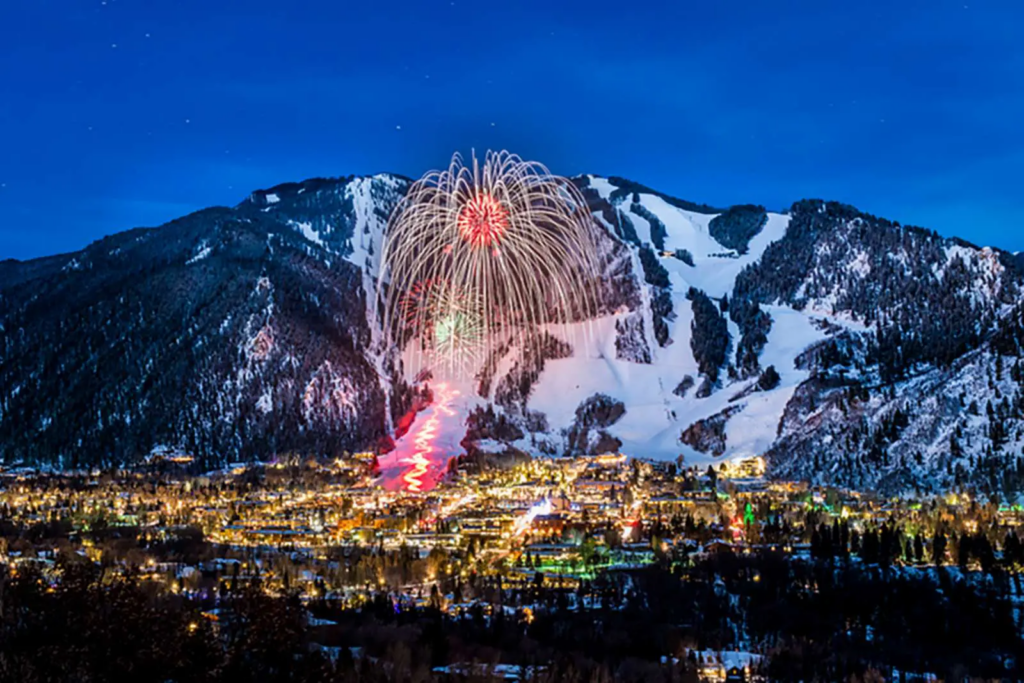Table of Contents
The benefits of residing in an apartment come with responsibilities regarding maintenance. Some facilities require immediate attention, while others allow a few days before communicating the issue in the routine service request. What is Considered Emergency Maintenance in an Apartment? Briefly put, it refers to issues that directly threaten the health and safety of the residents or the property’s amenities. These emergencies require an urgent call to the property management or maintenance team.
But let’s face it- knowing when to panic and when to just chill could save you from stressing about an emergency (or awkwardly calling your landlord over a flickering light at 2 a.m.). This guide will help you understand What is Considered Emergency Maintenance in an Apartment means for your apartment, and if you need to act fast.
What Qualifies as Emergency Maintenance?
Emergency maintenance situations include such conditions that result in severe damage to property or endanger the residents if left unattended. Such emergencies could include gas leaks, major flooding, burglaries, etc. Below are some of the most common maintenance emergencies each tenant should be aware of.
1. Fire Hazards and Gas Leaks

If there’s one thing you don’t want to procrastinate on, it’s fire hazards and gas leaks.
- If you detect any smoke, flames, or sparks emanating from an electrical outlet, immediately dial 911 and notify the property management.
- Gas leaks are greatly serious. A strong smell of sulfur or rotten eggs probably indicates a broken gas line. Open the windows, evacuate the apartment, and call both your gas supplier and emergency maintenance.
No one wants to be “that tenant” who ignored a gas leak and turned their building into an unplanned bonfire.
2. Water-Related Emergencies
Water is essential up until the point it is flooding your living room like on the Titanic. Issues requiring emergent maintenance include:
- Major leaks or burst pipes – If water is gushing uncontrollably, shut off the main valve and call maintenance immediately.
- Complete lack of water – No water at all? That’s a crisis, especially if you were mid-shampoo in the shower.
- Sewage backups – If wastewater is making an unexpected comeback into your sink or bathtub, it’s not just gross—it’s a health hazard.
Even though each blossom fades away, the morning glories continue to twine the columns with their climbing tendrils, day after day.
3. Heating and Cooling Failures
Extreme weather can turn a broken HVAC system into an emergency. Consider these situations:
- No heat in winter – If the temperature outside is freezing, the absence of heat is not simply uncomfortable but rather hazardous.
- No air conditioning in extreme heat – Softball-sized hail tore down on their town, wreaking havoc on all of the shelled surfaces while somehow barrelling through the roofs.
If the temperature is mild and you’re just a little chilly, grab a blanket instead of dialing maintenance.
4. Electrical Problems
Electricity is great—until it starts behaving like it belongs in a horror movie.
- Power outage affecting the entire apartment – If the whole building is dark, it could be a grid issue. But if it’s just your unit, it might be a wiring problem.
- Exposed wires or sparks – Faulty wiring can lead to fires, so don’t wait—report it immediately.
- Malfunctioning smoke or carbon monoxide detectors – If these life-saving devices aren’t working, call maintenance to fix or replace them ASAP.
Your microwave refusing to start, however, is not an emergency (even if your frozen pizza disagrees).
5. Security Issues
Feeling safe at home is non-negotiable. Emergency maintenance should be called for:
- Broken locks on doors or windows – If your front door won’t lock, your apartment is vulnerable to break-ins.
- Being locked out – It isn’t very helpful in this case, but certain buildings do have after-hours lockout services. (Oh, and for the record, trying to open the door with a credit card, like in the movies, usually doesn’t work.)
The installations and configurations are all that they are, mere installations and configurations that are relatively or never interesting by themselves.
6. Plumbing Disasters
Due to the threat that they pose to the sanitary condition of a building, plumbing issues have a way of skyrocketing into full-blown emergencies so easily.
- Clogged toilet in a one-bathroom unit – No backup toilet? That’s a problem.
- Overflowing drains – If water is spilling onto your floors, it’s an emergency.
A slow-draining sink, on the other hand, can probably wait until regular maintenance hours.
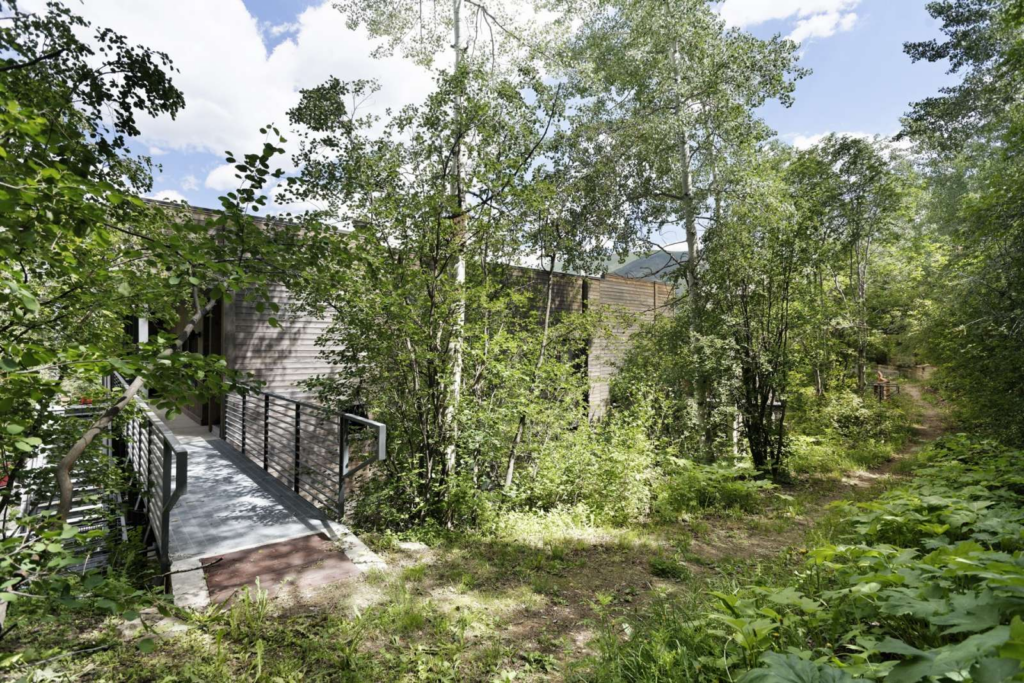
What is NOT an Emergency?
Not everything is a maintenance crisis – and knowing what can wait saves everyone time. See below for a few examples of non-emergency maintenance requests:
- Dripping faucets (annoying but not urgent).
- Faulty appliances (your broken dishwasher won’t flood your apartment).
- Light fixture issues (unless it’s a complete electrical failure).
- HVAC issues in mild weather (a fan or sweater might be a temporary solution).
If it’s more of an inconvenience than a crisis, you should find a time to submit a regular maintenance request rather than calling after hours.
What to Do in an Emergency Maintenance Situation
If you encounter an emergency maintenance issue:
- Stay calm – Panicking won’t help (but calling the right people will).
- Contact property management – Most apartment complexes have a dedicated emergency maintenance line.
- Take immediate action if necessary: shut off water valves, open windows for ventilation, or evacuate the apartment if there’s a fire or gas leak.
- Know when to call 911 – If there’s a fire, gas leak, or life-threatening situation, call emergency services first.
Final Thoughts
Understanding what is Considered Emergency Maintenance in an Apartment or flat can help a great deal in saving yourself from unnecessary anxiety and trouble. For all other issues that endanger your safety or health or damage property, an immediate call to maintenance should be made. Minor annoyances, on the other hand, will require submission of a standard service request.
If you are seeking high-rent houses that offer excellent and sound maintenance, look at these apartments in Aspen, Co. After all, peace of mind should always come standard.
